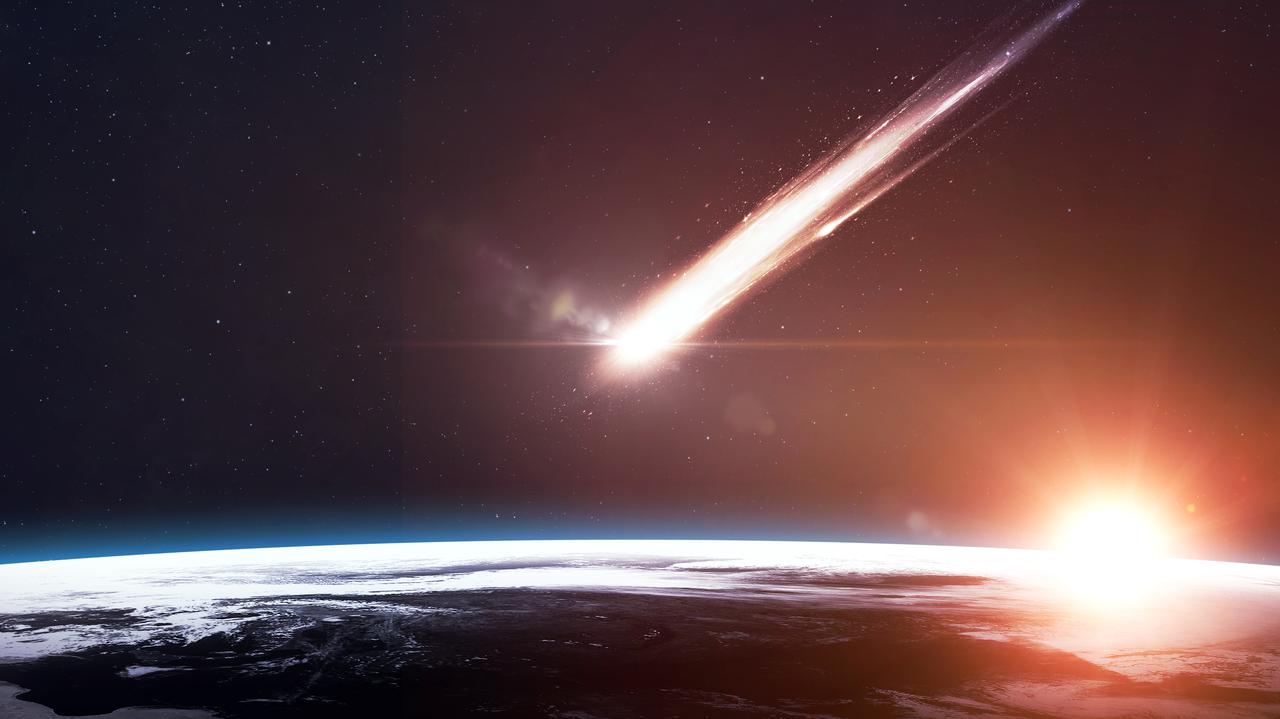A scientist from Harvard University claims that a meteorite that fell into the sea near New Guinea in 2014 could have come to us from another star system. This is evidenced by the data of the American reconnaissance satellite.

Meteorite 2014
Harvard professor Avi Loeb and his graduate student Amir Siraj claim that the meteorite that crashed into the Earth near New Guinea in 2014 could have passed from outside the Solar System. They made this conclusion by analyzing data from astronomical catalogs.
It is believed that the CNEOS 2014-01-08 object had a diameter of about 50 cm. And the researchers’ data indicate that before it entered the Earth’s atmosphere, its speed was too great for the Sun to keep it in its orbit.
However, most scientists do not share Loeb’s enthusiasm. The fact is that the main estimates of the trajectory of CNEOS 2014-01-08 were obtained from an American military satellite. The accuracy of his measurements is a military secret. So no one can say with certainty whether the speed estimate is correct. And this calls into question the interstellar origin of the object.
The third known interstellar object?
To date, scientists recognize the interstellar nature of only two objects flying through the Solar System: comet Borisov and asteroid Oumuamua. If CNEOS 2014-01-08 really came to us from the depths of space, it will mean that it will become the third in this list.
Even more, the remnants of this asteroid may be the first samples of matter that does not belong to our Solar System that will fall into the hands of scientists. The only problem is that due to the small size, most of the CNEOS 2014-01-08 evaporated during flight through the atmosphere. And those pieces that have reached the surface lie at the bottom of the sea.
But scientists are optimistic. The area in which to look for the wreckage of CNEOS 2014-01-08 is defined as a square of 10 by 10 kilometers. Therefore, its bottom will not be so difficult to explore with a trawl. Also, the remnants of the meteorite should be magnetic, which will greatly facilitate the work.
Doubts and confirmations
Doubts about the origin of CNEOS 2014-01-08 add to the eccentricity of Avi Loeb. He has already suggested that this object is not just an interstellar meteorite, but was created by an extraterrestrial civilization. He also talks about Borisov’s comet and Oumuamua. And all this does not add to his respect in the international community.
5/ From the @AsteroidWatch tabletop exercise earlier this year, we learned that as long as the simulated asteroid was in the space domain, #USSPACECOM was the supported combatant command within the @DeptofDefense.
— U.S. Space Command (@US_SpaceCom) April 6, 2022
But suddenly, the United States Space Command took the side of the researcher. In April 2022, it published a document in which it confirmed that the satellite really had sufficient accuracy and CNEOS 2014-01-08 is indeed an interstellar object.
According to www.sciencealert. com
Follow us on Twitter to get the most interesting space news in time
https://twitter.com/ust_magazine
